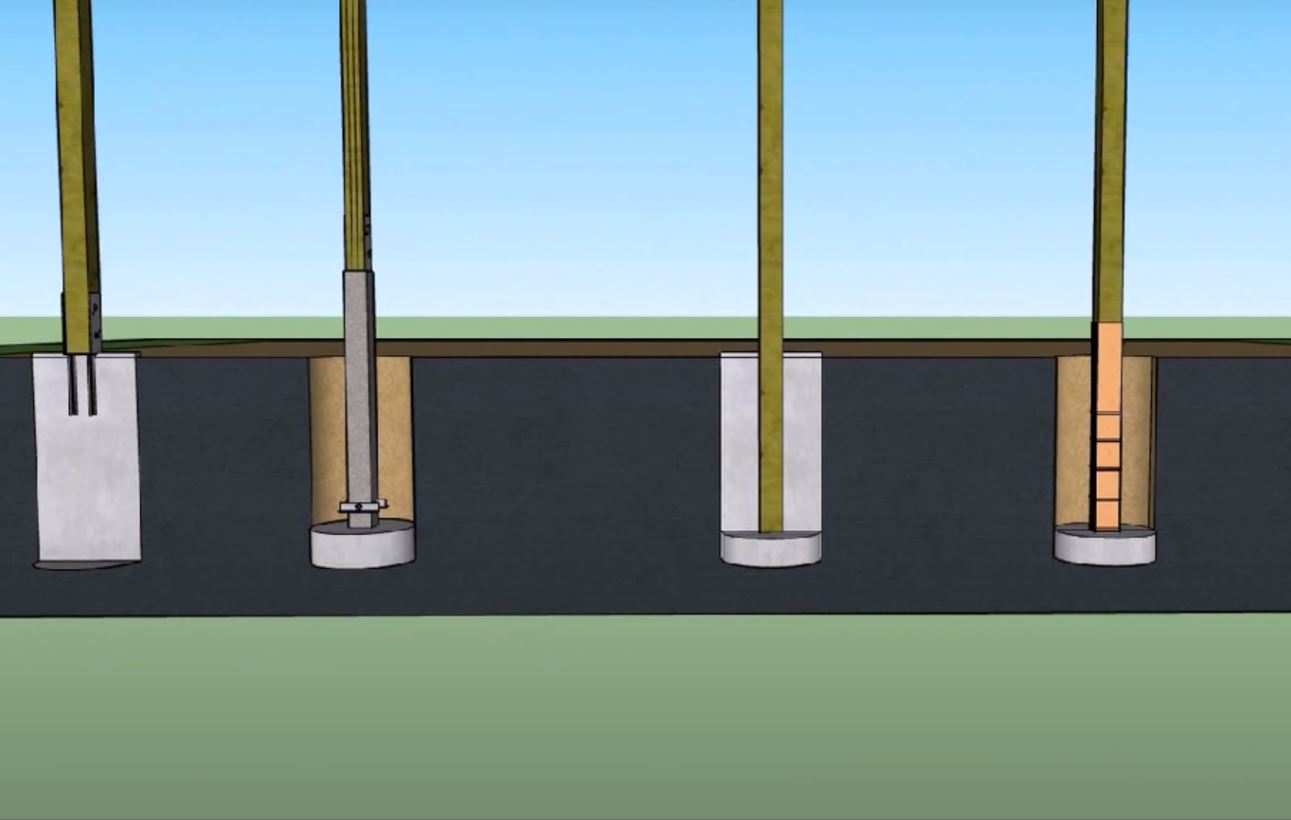Choosing Flooring for Your Pole Barn
Pole barns offer owners some of the most versatile building options. With the posts in the ground, individuals can choose from a variety of different floors. While concrete is the most popular and versatile solution for most outbuilding floors, you may prefer something different for your project. The purpose of the barn, your budget, and your style will largely dictate which solution works best for your needs.

Pole Barn Flooring Types Explained
Some of the most common pole barn flooring types are:
- Concrete flooring. Concrete floors can reduce moisture, dust, and other issues inside the pole barn. In agricultural barns, individuals may choose a mixture of concrete and other flooring types. Concrete works well in between stalls for easy cleaning, but may not offer the best experience for livestock. In hobby and storage barns, concrete lasts for years and offers a clean, level floor for any number of needs.
- Dirt flooring. If you use your barn for equipment or wood storage and use raised storage areas to prevent moisture issues, a dirt floor may provide the most economical solution. Some pole barn owners start with a dirt floor to see how it performs. They may later install different flooring if moisture and erosion issues prove detrimental to the structure and use of the barn.
- Gravel. A layer of gravel can stop dirt erosion problems and help with minor moisture issues. Gravel works well in barns used for equipment and materials storage, but may require periodic reapplications to maintain a proper floor level and function.
- Stone. Stone flooring is attractive and strong, giving each barn structure strength and stability for equipment and material storage. Use stone floors in a residential pole barn structure, too. Stone can look modern or rustic in a barn application and comes in a variety of styles, sizes, and colors.
- Livestock mats and flooring. For equestrian stalls, poultry barns, and other livestock areas, owners need flooring materials that support sanitation practices and offer a gentle experience to the animals walking across it day in and out. Rubber, specialized concrete, and aggregate materials may offer the best solution for spaces housing livestock. Horse arenas bring up a whole different set of flooring needs, which Milmar is happy to help owners address during their planning process.
- Earthen floors. Earthen floors work much like concrete floors. They require base levels overlaid with a wet mixture that hardens when dry. Instead of concrete mix, earthen floors use clay and concrete sand. The result offers a natural look and hardness that can work well in many applications. People use insulated earthen floors in their homes as well as barn applications.
To find the right flooring for your barn, consider your needs and the long-term value of each flooring material. Some flooring types will need constant upkeep to provide a clean, level barn experience while others can last for decades without deteriorating. The right barn floor can strengthen the entire pole barn structure and offer a better use experience over time. At Milmar Post Buildings, we specialize in insulated and non-insulated concrete, stone, and agricultural floors in our pole barn construction work. Contact us today to learn more.
*Originally posted on July 14, 2017



